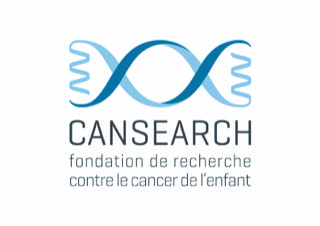n) MPGxIndALL Study
Evaluation of molecular and pharmacogenetic markers in relation to the toxicity and clinical response of acute lymphoblastic leukemia treatment in children in India.
Over the past five decades, the survival rate of children with cancer has significantly improved, increasing from 10 to 80-90%. However, this improvement is limited to developed countries, which represent 20% of children with cancer. The remaining 80% of children, affected by cancers such as acute lymphoblastic leukemia (ALL), live in low- and middle-income countries (LMICs) like India and do not have access to this success. ALL is the most common cancer among children and adolescents, representing a significant number of people affected by this disease in LMICs like India. The survival rate of children with ALL in India ranges between 30% and 70% (average of 50%). This is due to several reasons such as deaths from infections, treatment toxicities and resulting deaths, lack of access to standard care, unavailability of optimal supportive therapy, and treatment abandonment.
Research and resources need to be directed towards bridging the survival gap between developed countries and India. Adequate allocation of resources, including human resources, prioritizing patient needs, and counseling patients at higher risk of treatment-related toxicities, will help improve survival rates. Prevention of deaths and treatment abandonment due to treatment toxicities will also contribute to bridging the survival gap between developed countries and India.
Specific genetic variations have recently been identified as crucial in determining toxicity and treatment response used for ALL. Increased susceptibility to toxicity can be identified earlier using genetic information, enabling treatment adaptation, avoidance of toxicities, and simultaneously achieving a good treatment response. This strategy of using genetic information allows doctors to identify at-risk patients requiring close monitoring and supportive care, which is particularly useful when resource-limited settings demand efficient resource allocation.
Identification of mutations associated with the success of acute lymphoblastic leukemia treatments
Leukemia is the most common form of cancer in children, and acute lymphoblastic leukemia (ALL) is the most common type of leukemia, with an annual incidence in Switzerland of three to four new cases per 100,000 children and adolescents under the age of 16. Advances in medicine have increased the chances of cure, which were less than 20% in the 1960s and are currently around 90% in Europe. In India, the survival rate for children with ALL is much lower than in Europe, standing at around only 50%. Deaths, more numerous in India, are due to infections, treatment toxicities, lack of access to care, or treatment abandonment. Research must progress to bridge the survival gap between Europe and India. Patient care must also be better organized and coordinated to meet the needs of patients.
The treatment of ALL includes chemotherapy and other forms of medication, such as glucocorticoids, which aim to destroy cancer cells. However, for some patients, treatments are toxic or ineffective. In order to administer the best treatment to children with ALL, it is important to measure indicators in these children that will inform us about how these young patients will respond to a given treatment. The aim of our study is to identify these indicators.
We will attempt to identify the genetic characteristics of children that are associated with toxicities following chemotherapy treatments or the effectiveness of treatments with glucocorticoids. We will study both the genetic characteristics of children as transmitted by their parents, known as germline, as well as the genetic characteristics of their cancer cells, known as somatic.
We will work with patient data that has been made accessible following the work of American and European scientists. We will then verify whether the genetic characteristics identified in these studies inform us about therapeutic successes in a pediatric cohort of patients with ALL treated in two hospitals in India. We hope to provide physicians with tools to identify patients at highest risk who require closer monitoring, which is particularly useful in India where limited resources demand effective allocation of them. We also hope to achieve survival rates for children with ALL in India comparable to those reported in Europe.
